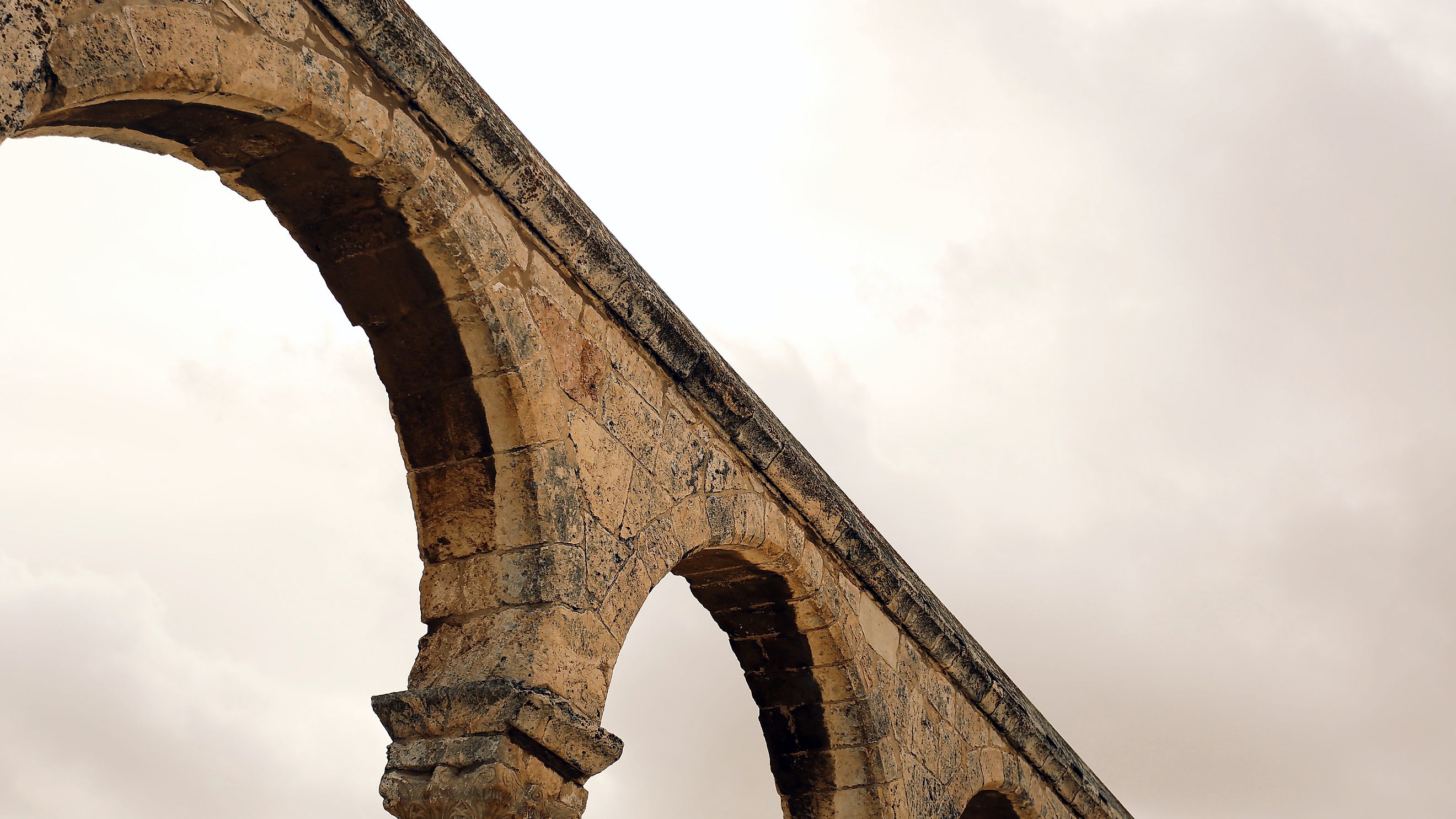
Archaeologists Uncover Part of Roman-Era Aqueduct in Jerusalem
Thousands of ruins have survived into the modern day, giving us a glimpse into what life during the time of the Roman Empire would have looked like. Although some ruins give us more information than others, there are discoveries each year that unlock even more information about this fascinating period.
A team of Israeli archeologists made one of the more notable discoveries of late in Jerusalem. One of the longest-ever-found upper-level aqueducts has been unearthed in a suburb within the city.
What Were Aqueducts?
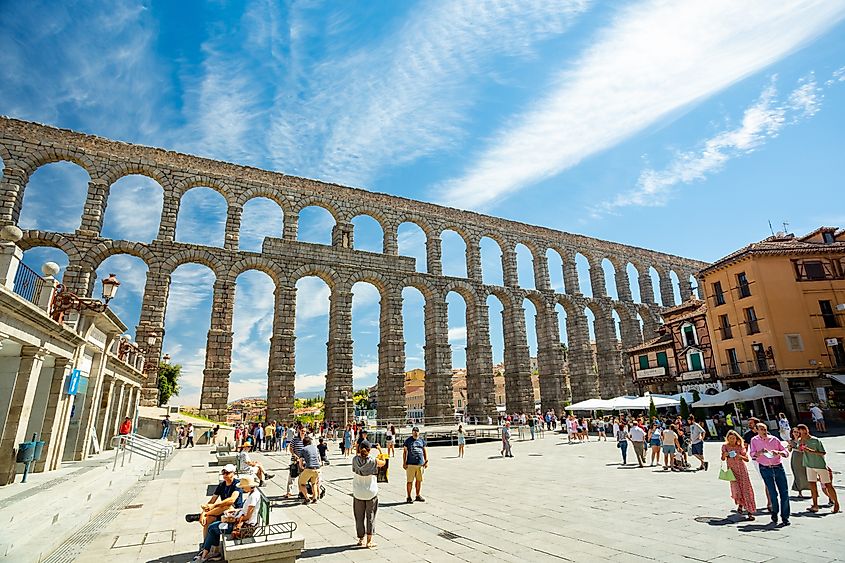
The Romans were famous for many things. One of the most iconic symbols of their legacy was the magnificent aqueducts they constructed across their vast empire. Aqueducts were built above and underground and carried water to cities and towns. Most aqueducts carried water by relying on gravity, and there was an ever-so-slight and gradual decline of the aqueducts. If the desired water source was not found at higher elevations, a series of pumps and siphons were used at certain parts to push the water upwards.
The complex systems of aqueducts were considered extraordinarily advanced technology for the time. Even by today's standards, it is still impressive that the Romans achieved all of this without advanced mathematics or modern-day tools. The water carried by these aqueducts was paramount to a city's growth and prosperity. Not only could the wealthy elite fill their baths and keep their fountains flowing, but the common folk also had access to a clean and reliable source of fresh drinking water.
The Jerusalem Aqueduct
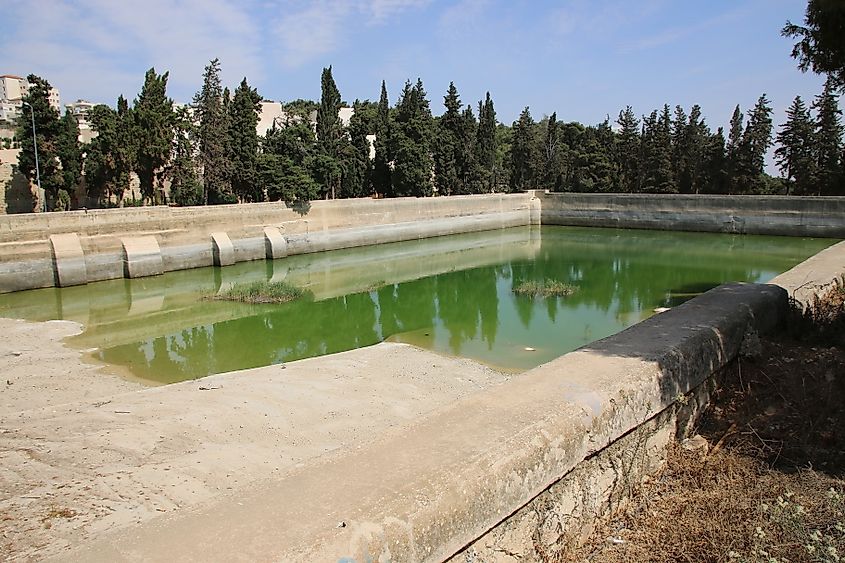
The newly discovered Jerusalem aqueduct was discovered in October 2023. The ruins were accidentally stumbled upon after waste was removed in order to begin preparations for the construction of a school. The total length of the aqueduct is thought to be around 300 meters long (984 feet) but it is possible that more is still to be discovered. This aqueduct is the longest intact upper-level aqueduct ever discovered.
This particular aqueduct's water source likely originated near Bethlehem, which is more than 21 kilometers (13 miles) away from the city. The upper-level aqueduct flowed into the part of Jerusalem which housed the upper classes. It is more than certain that the newly found aqueducts were used to provide water to the royal palaces and mansions of the city's elite. Today, this part of Jerusalem comprises the Old City’s Jewish and Armenian Quarters.
More Than Meets The Eye
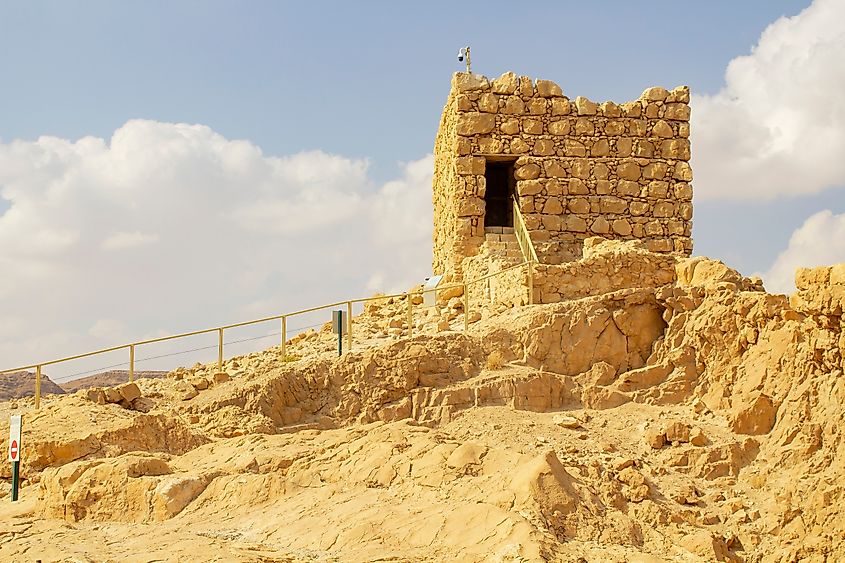
While the aqueduct's engineering feat is impressive, other discoveries were made that tell us a little bit more about what life was like during this period. There are three distinct parts of the aqueduct, two of which were built by a team of engineers and builders, while legionaries constructed the third portion. It was quite common for legionaries to build infrastructure like roads and forts; however, it is quite remarkable to incision a team of professional soldiers completing such a monumental task while being stationed in one of the most turbulent parts of the whole empire.
Secondly, 25 Roman coins were found within close proximity to the aqueduct. According to the archeology team, it is likely that most of these coins were purposefully buried or placed at the base of the aqueduct for good luck. One coin dated back to the Great Jewish Revolt, which took place between 66 AD and 76 AD.
The Legacy Of The Romans
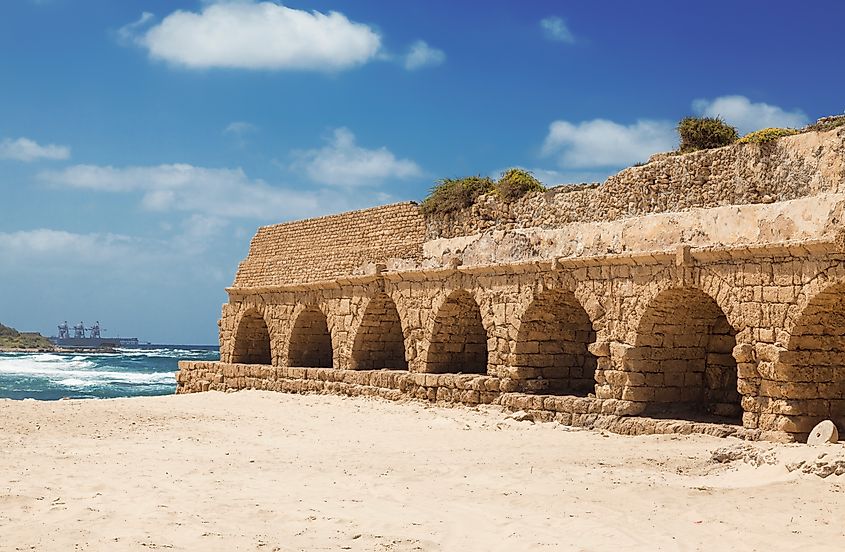
Even though the Romans were pushed out of Jerusalem by the invading Muslims in the 7th century, the lower aqueduct that flowed into the city was in use for nearly 2000 years. The British authorities replaced the aqueduct with an electrically operated water distribution system only around 100 years ago. The fate of the upper-level aqueduct remains a mystery. We do know that the Romans continued to use the aqueduct well after the destruction of the Second Temple in Jerusalem, but what exactly happened is still unclear.
Jerusalem has been the site of many wars and battles over the centuries, and it is likely that it was destroyed during one of the many conflicts unleashed on the city. Perhaps in the coming year, more information will emerge, giving us a clear picture.
Final Thoughts
The Roman Empire has been gone for centuries, but its legacy lives on. More discoveries are made each year that give us even more information on various chapters of Roman history. There is no telling where or when a new breakthrough will be made unveiling a whole other part of the Roman story that was previously unknown.











